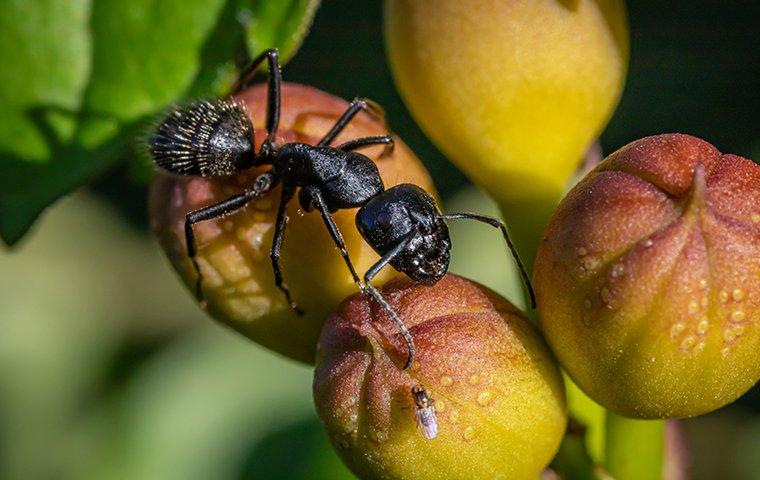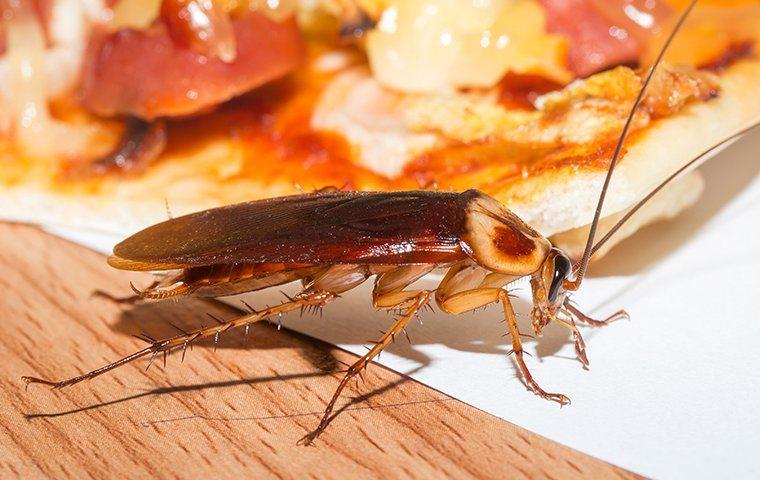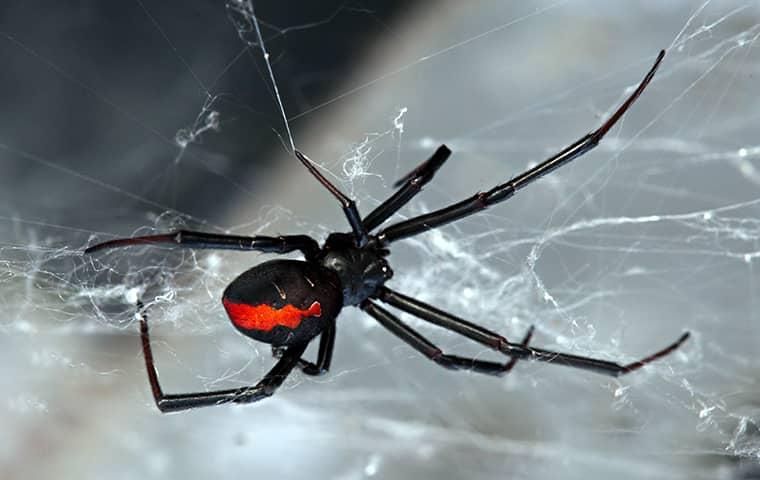Carpenter Ants In Jacksonville: A Guide To Identification, Prevention, And Control
May 22, 2023
Often confused with termites, carpenter ants have long ago cemented their place as a scourge of a Florida homeowner. Thanks to the warm and welcoming climate and high humidity our state is known for, carpenter ants find the environment just about perfect for growing their numbers and multiplying.
While not much of a threat or even inconvenience as long as they stay in their natural environment, a carpenter infestation in your home can be a cause for serious concern and, more likely than not, sizable repair bills.
Let's take a look at how you can identify types of carpenter ants common to are part of the country, the best ways to prevent carpenter ants from setting up camp in your home, and what experienced Jacksonville pest control professionals recommend as a remedy if the time for prevention has past and you're fighting off a carpenter ant infestation.

How To Identify A Carpenter Ant Infestation
Carpenter ants are small and increasingly common insects found throughout our state. They are 1/2 to 5/8 inches in size with black or reddish brown bodies that are significantly larger than most other ant species found in our state. While quiet and nocturnal, signs of a carpenter ant infestation can be easily detected if you know what to look for. Watch for the following:
- Small holes on the surface of the wood.
- Small piles of carpenter ant frass are left next to the small holes in the wood ants use to get into their tunnels.
- Flying carpenter ant reproductives, the swarmers.
- Presence of the worker ants in the house or on the property.
The key to an effective carpenter ant control strategy is detecting the infestation early before the number of ants in the nest has gotten out of control.
Carpenter Ants Can Create Multiple Problems In The Home
While not known to carry contagious diseases and not likely to bite, a carpenter ant infestation can be a serious problem in your home. Carpenter ants don't feed on wood cellulose, as the termites do, but instead tunnel intricate galleries in the wooden members of your home, aiming to add the newly excavated area to the living space used by the ever-growing carpenter ant colony.
Given enough time and the number of insects at work, the damage can become relatively extensive and require expensive repairs to correct.
Five Useful Carpenter Ant Prevention Techniques
As with most other unwelcome pests, prevention is often the least costly and most effective way to deal with an infestation. Try these techniques:
- Keep an eye on and repair leaking pipes and other moisture issues in the basement or crawl space of your home.
- Seal the cracks and crevices in the walls of your home.
- Store firewood at least 20 ft away from the house walls.
- Replace water-damaged wood in the walls and foundation of your home.
- Make sure the window and door screens are in good shape.
Keeping carpenter ants out is entirely possible with a well-thought-out prevention strategy, but if, regardless of your best efforts, you're starting to see carpenter ants in your home-it's time to get the professionals involved.
The Most Effective Carpenter Ant Control In Jacksonville
Treating a carpenter ant infestation involves not just ridding the house of the commonly visible worker ants but reaching every last adult and making a home in your walls, as well as the juveniles, queen, and ant eggs. A single egg left in the hidden tunnels of the nest can be a start of reinfestation in the near future.
If your Jacksonville home is under siege from carpenter ants, call us at Lindsey Pest Services today!












